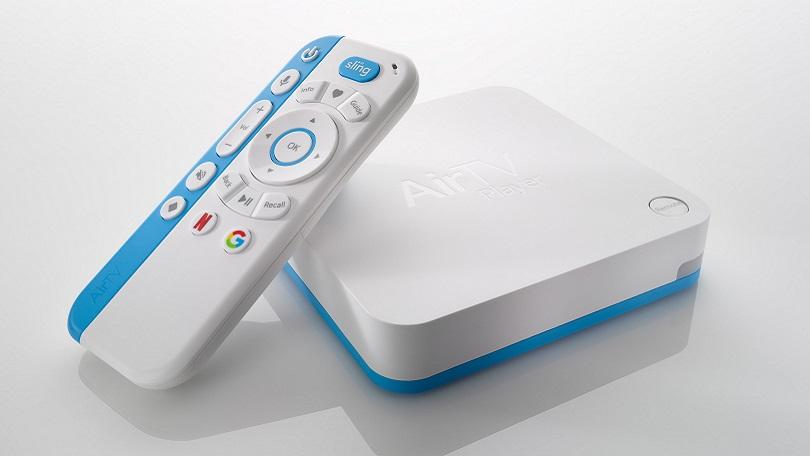While Netflix and Hulu are celebrating their performances at last week’s Emmys, companies like Comcast and Apple are gearing up for 69th annual Technology & Engineering Achievement Emmys, which takes place in April 2018. The winners have already been announced and Universal Electronics Inc (UEI), a universal control and smart home technology maker, will be honored for its development of voice navigation technologies for discovering and engaging with TV content; UEI will share the award withComcast, Apple TV, and Nuance Dragon TV.
For more on UEI and why voice navigation is becoming an increasingly meaningful part of the TV navigation and watching experience, we spoke with Arsham Hatambeiki, Vice President, Corporate Strategy & Product Development, Universal Electronics Inc.
Found Remote: Why is voice navigation becoming an increasingly important and popular way to navigate TV content?
Arsham Hatambeiki: Voice is arguably the most natural and intuitive way for us to communicate, especially now with smart appliances emerging throughout the home. It simplifies control and navigation by removing layers of menu navigation and rigid options, and allows direct access to all the desired features and content with a single command. New features can also be added to a device without having to take the place of another feature in a user interface, and complex commands can be issues with just a couple of spoken words.
Overall, with the expansion of capabilities and services offered by devices throughout the connected home, a more flexible user interface such as voice is necessary to make these capabilities accessible to all. This also includes considerable benefits to many disabled and elderly as well.
In addition to growing consumer demand, there is also a technological aspect driving growth in voice-enabled devices. IP connectivity and increased processing power are necessities for such an implementation, and today these are available to the mass market.
FR: On the consumer side, UEI isn’t as recognizable as Alexa or Siri. Do you plan to make more of a consumer push moving forward?
Hatambeiki: Typically, behind successful products, you will find a collection of technologies that need to work together in perfect harmony in order to make the experience possible. At UEI, our design and development is entirely customer centric, however we rarely put our name on the final product. Our solutions deliver the necessary capabilities that enable a fluid experience for the consumer, and we work closely with consumer electronics manufacturers and service providers to deliver these benefits to the end user.
FR: Has voice-activated TV remote technology reached its peak? What else can be improved besides being able to ask for particular shows, pause, and navigate screens?
Hatambeiki: Voice control, whether it’s for home entertainment or whole home control, hasn’t come close to hitting its peak. There are a range of improvements that can further expand the adoption of voice across the world — some practical improvements include new form factors for where voice is captured, lower energy consumption and higher accuracy.
On a bigger scale, contextual awareness can drastically change what you expect to accomplish using voice, and we are working on solutions that can help there. In the future, your TV could be able to identify you by your voice – a vocal fingerprint – to serve you unique content based on your preferences. The options are truly endless.





















